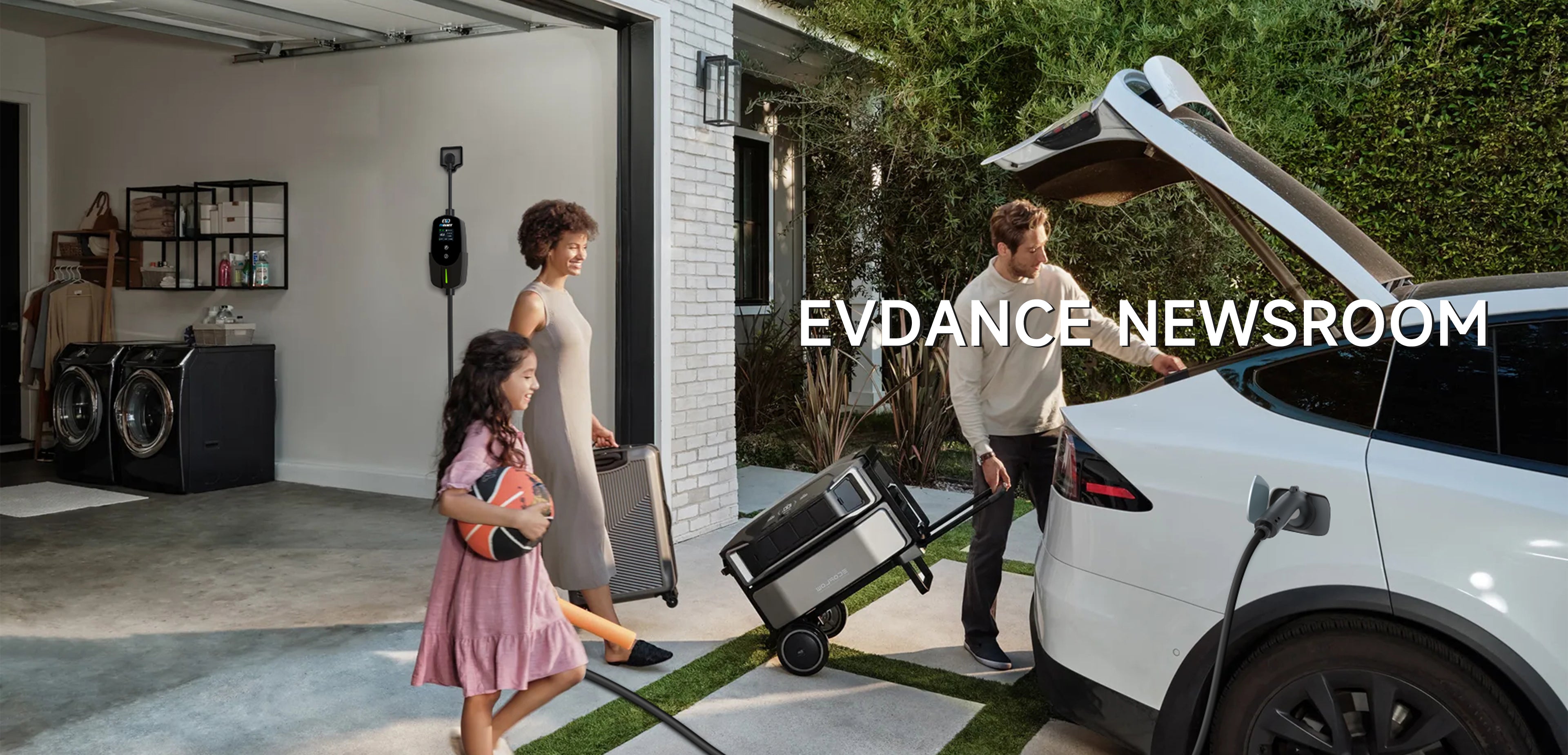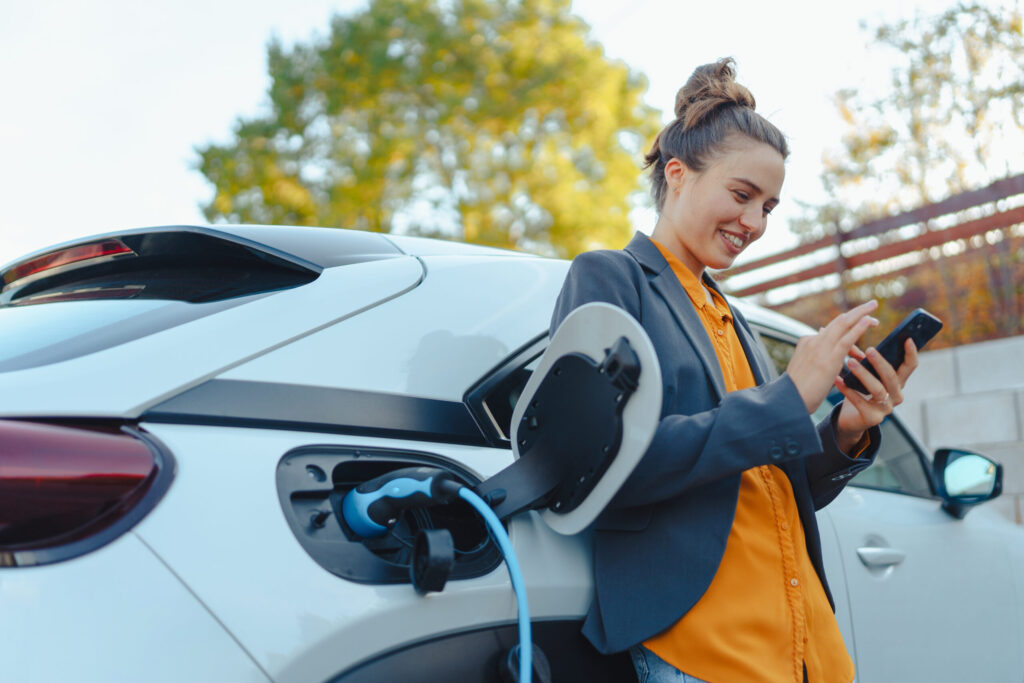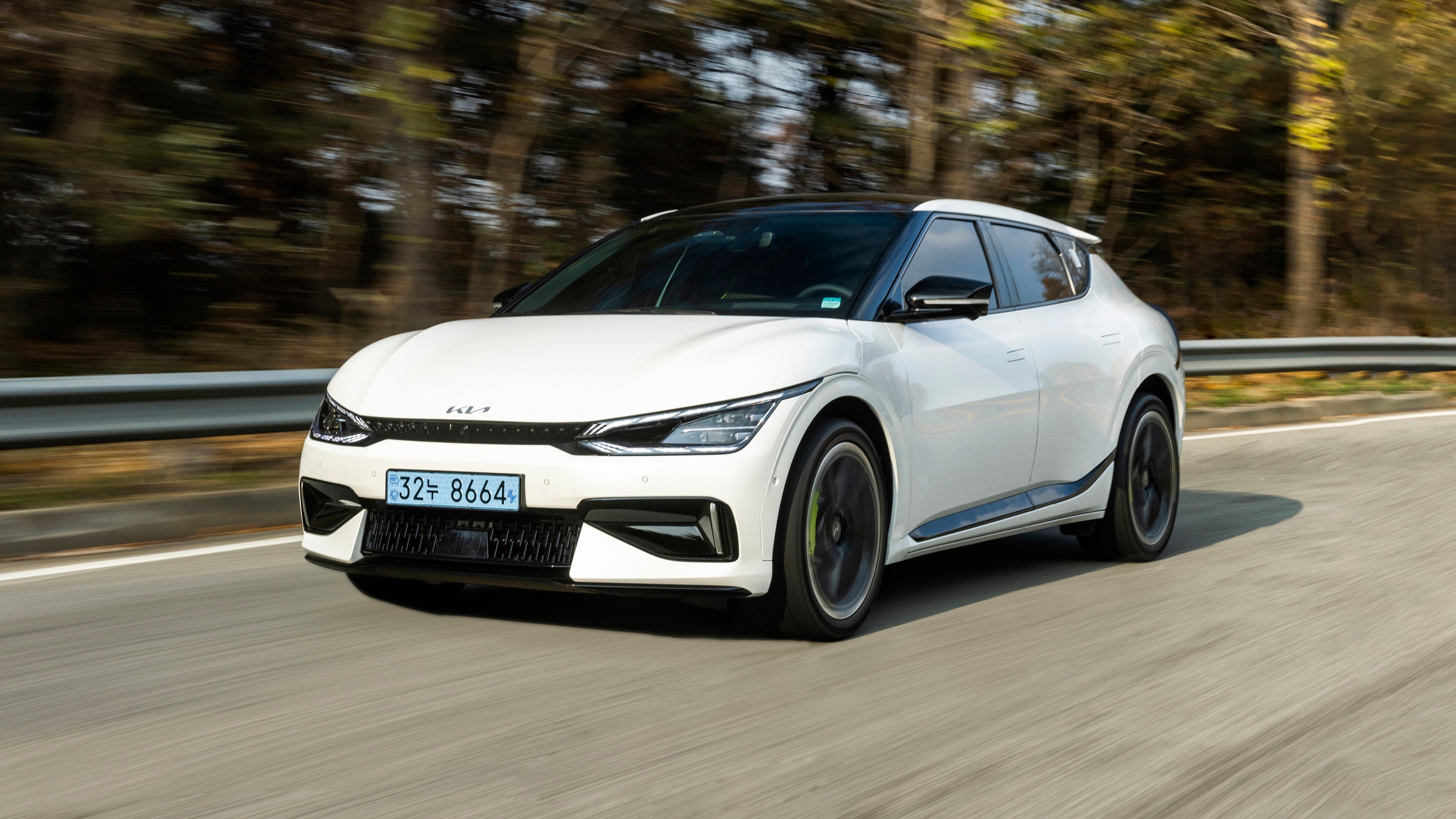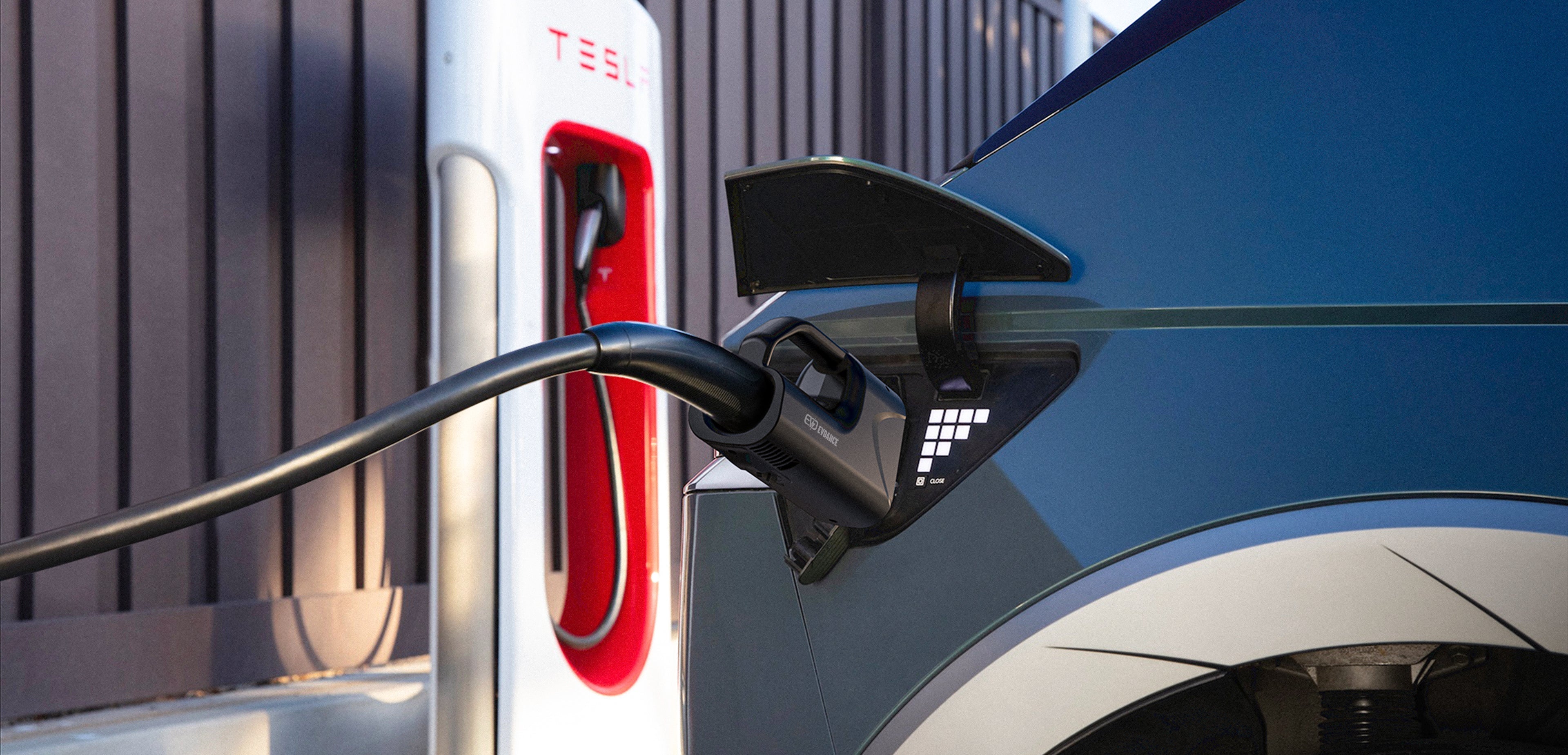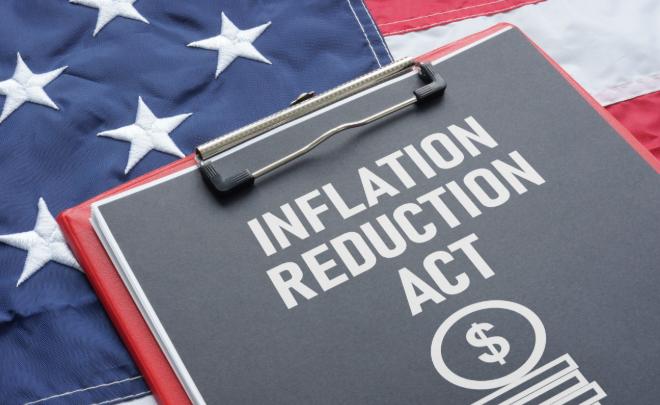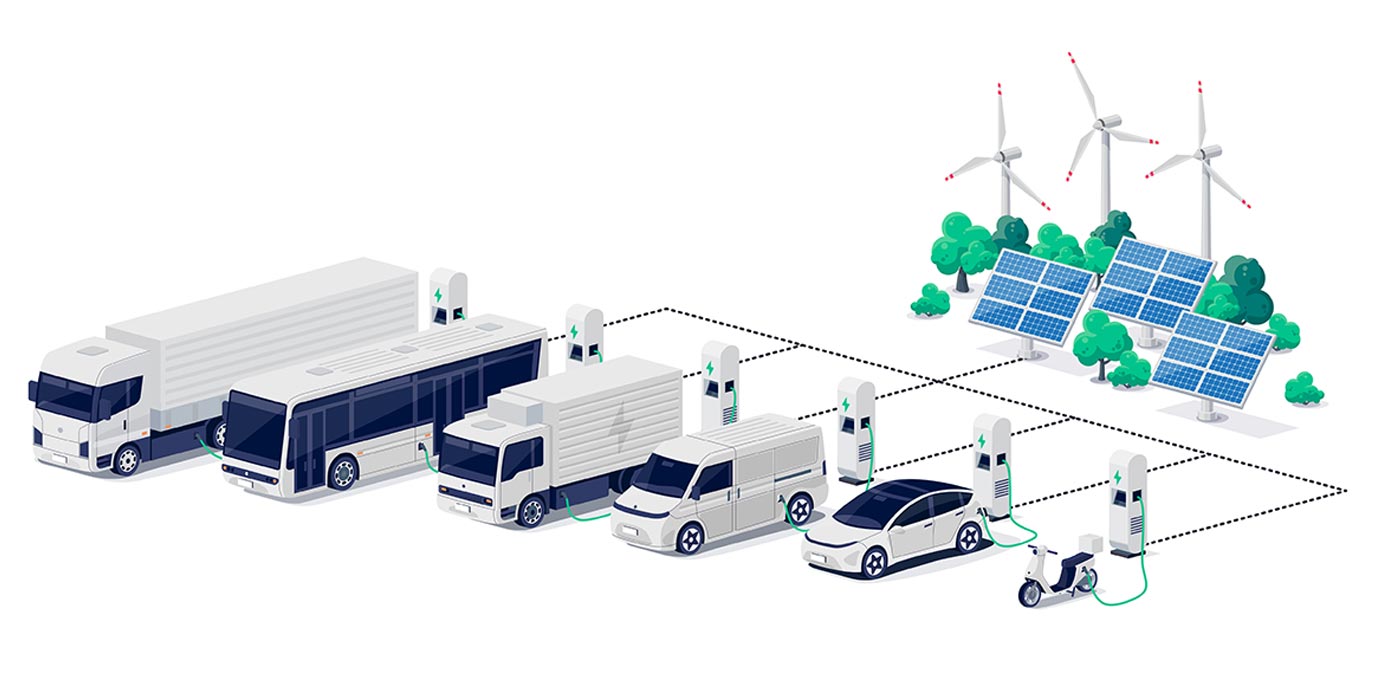Blog
What New EV Owners Need to Know: A Comprehensive Guide
How Far Does a Kia EV6 Go on a Full Charge?
The Kia EV6 offers an EPA-estimated driving range from 218 to 310 miles depending on the model and drivetrain. Thanks to its 800V architecture, the EV6 supports ultra-fast charging that can replenish up to 217 miles in just 18 minutes. Real-world range varies based on driving style, climate, terrain, and vehicle load. Backed by a 10-year battery warranty, the EV6 balances long-distance capability with sustainability, making it a strong contender in the electric vehicle market.
The NEMA 5-15 plug, a common household connector in North America, plays a crucial role in powering everyday devices and supporting entry-level EV charging. This guide explains its structure, capabilities, and limitations while offering practical EV use cases, safety tips, and comparisons to NEMA 6-20 and 14-50. Ideal for light-duty and emergency EV charging scenarios.
A Comprehensive Guide to EV Adapters: From NEMA to NACS-to-CCS1
Incentivizing Daytime EV Charging in the U.S.: A Key Strategy for Grid Stability and EV Adoption
What Is V2G? Understanding Vehicle-to-Grid Technology and Its Role in the EV Ecosystem
Smart Charging in California: Understanding TOU Rates for EV Owners
California’s Power Strain and the Future of EV Charging Reliability
California’s ambitious EV goals are putting pressure on its already-strained electrical grid. With over 1.5 million EVs on the road, simultaneous charging—especially fast charging—can cause energy spikes and reliability issues. The state is addressing this through grid upgrades, smart charging, solar-powered stations, and EV infrastructure incentives. For drivers, planning routes, using off-peak rates, and installing smart chargers are key to minimizing disruptions. Coordinated policy, innovation, and public-private collaboration will be critical to balancing EV growth with grid resilience.




